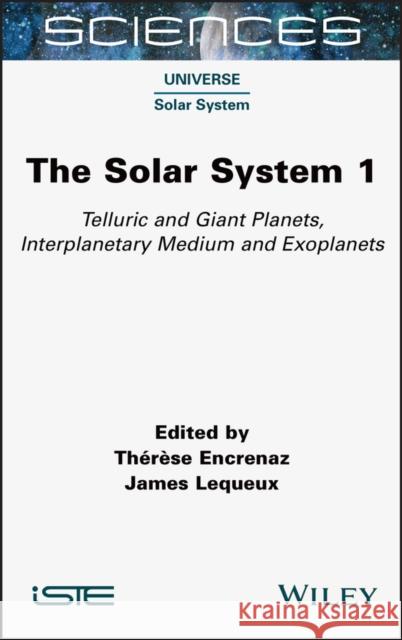The Solar System 1: Telluric and Giant Planets, Interplanetary Medium and Exoplanets » książka
topmenu
The Solar System 1: Telluric and Giant Planets, Interplanetary Medium and Exoplanets
ISBN-13: 9781789450330 / Angielski / Twarda / 2021 / 352 str.
The Solar System 1: Telluric and Giant Planets, Interplanetary Medium and Exoplanets
ISBN-13: 9781789450330 / Angielski / Twarda / 2021 / 352 str.
cena 671,52
(netto: 639,54 VAT: 5%)
Najniższa cena z 30 dni: 666,00
(netto: 639,54 VAT: 5%)
Najniższa cena z 30 dni: 666,00
Termin realizacji zamówienia:
ok. 30 dni roboczych
Bez gwarancji dostawy przed świętami
ok. 30 dni roboczych
Bez gwarancji dostawy przed świętami
Darmowa dostawa!
Kategorie BISAC:
Wydawca:
Wiley
Język:
Angielski
ISBN-13:
9781789450330
Rok wydania:
2021
Ilość stron:
352
Waga:
0.65 kg
Wymiary:
23.39 x 15.6 x 2.06
Oprawa:
Twarda
Wolumenów:
01
Dodatkowe informacje:
Glosariusz/słownik











